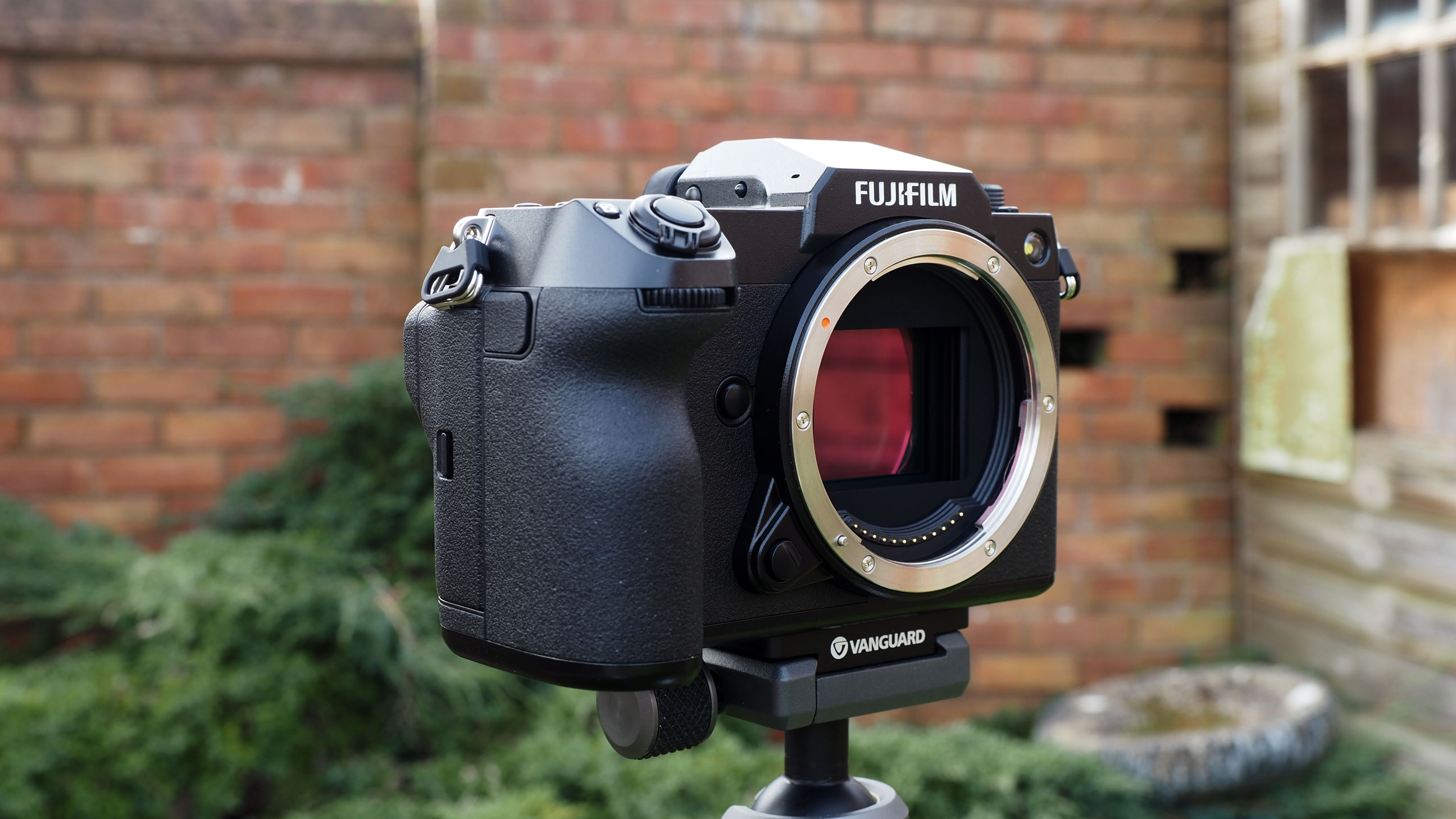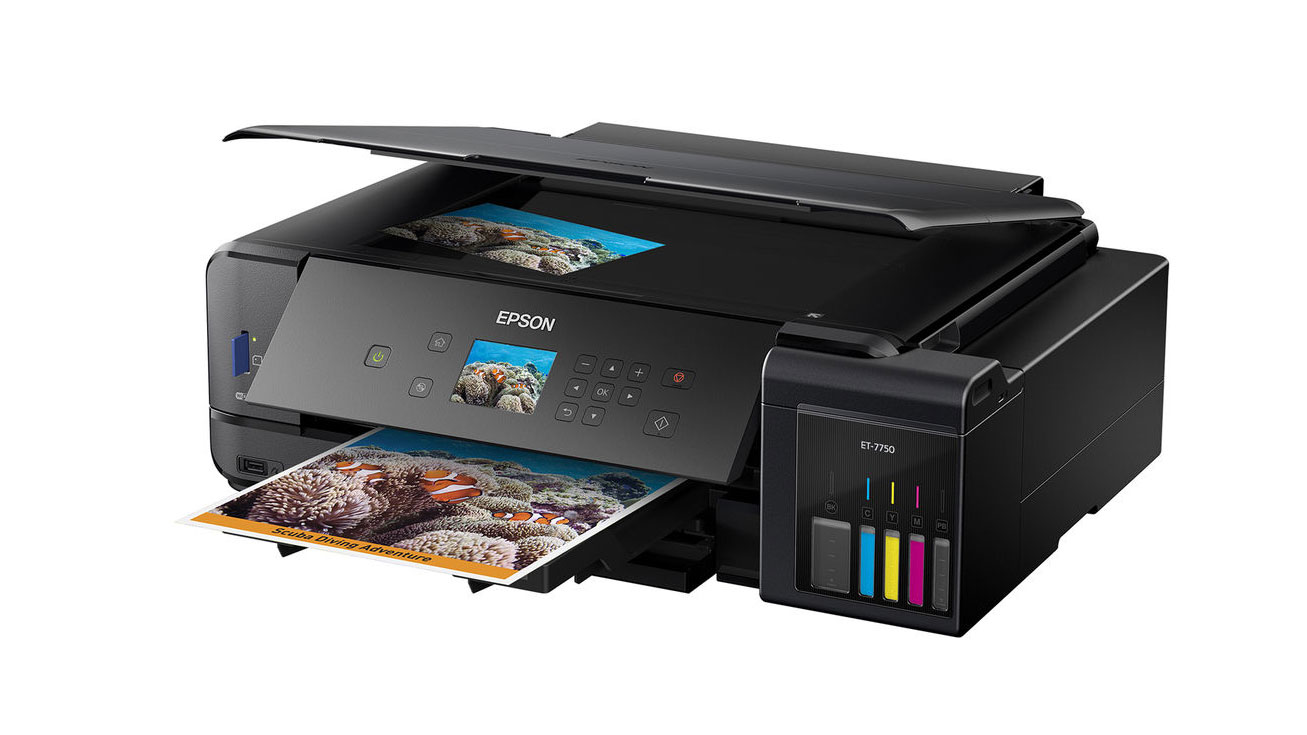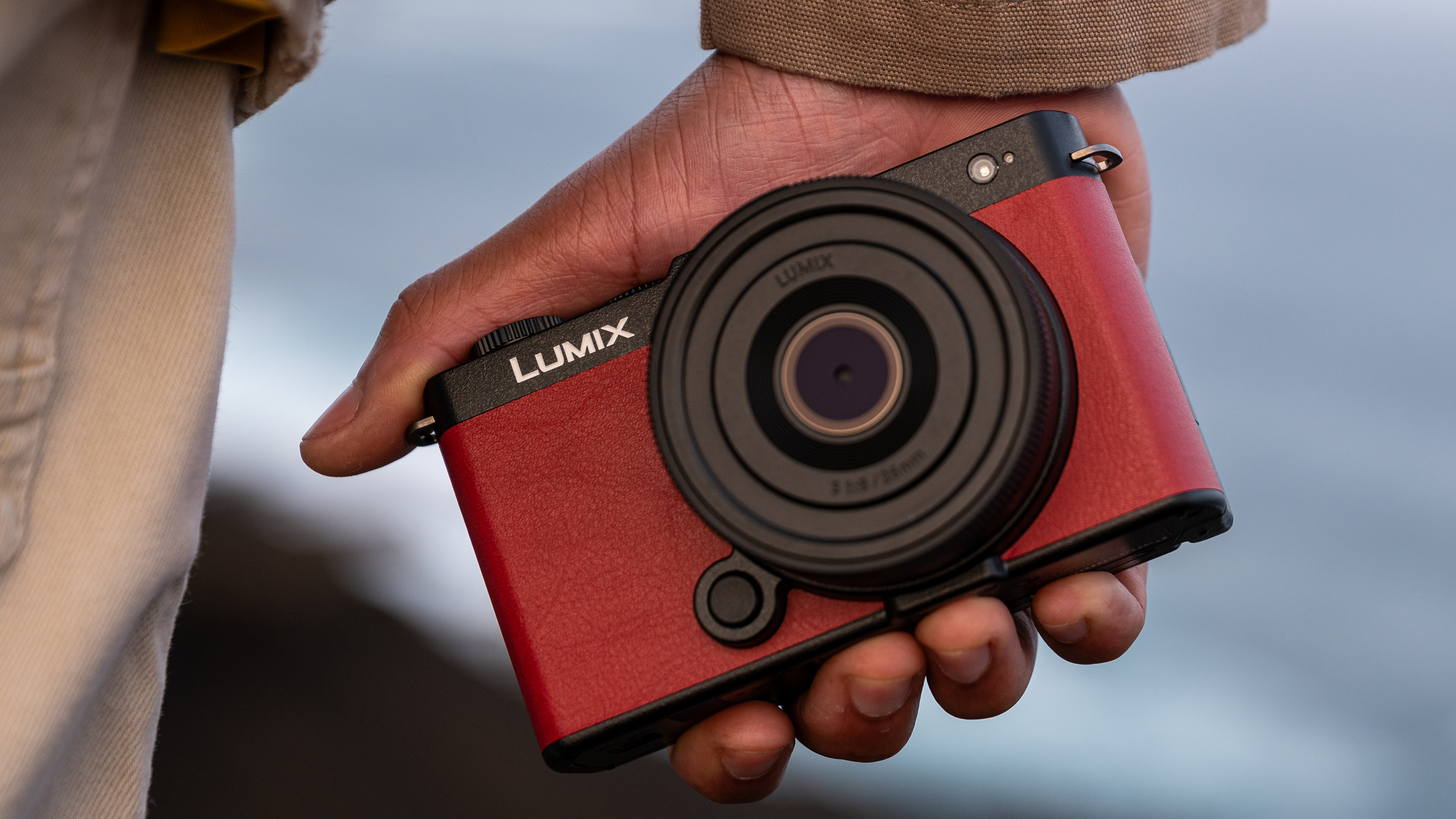
A digital image is a lattice of small squares called Picture Elements (or ‘pixels’), and each pixel has a particular colour value, made up of a blend of red, green and blue. The ‘mega’ in megapixels stands for ‘million’, so a camera that offers 24 megapixels will produce images with 24 million tiny squares of specific colour values.
For example, if you have a digital file that measures 4000 pixels on the short side by 6000 pixels on the long side, you multiply the two together to arrive at a 24 million pixel rating for that camera.
To get a smoothly detailed print that can be closely inspected like a traditional film photograph, you need a certain number of pixels, otherwise diagonal lines will appear like staircases, and subtle detail will show as clumps of squares rather than smooth and continuous tones. F
or use on a computer screen, the world has settled on 72 pixels per inch, as that looks smooth enough to the naked eye. But if you go into the real world of physical prints, it’s generally accepted that you need at least 240 pixels in every linear inch, and because of different print reproduction processes, the safe bet for top quality is to round up to 300 pixels per inch.
This is the magic number for digital photographs. You could go higher than this if you wanted to, but as the eye can’t resolve detail in regular photos beyond 300 pixels per inch, there’s no real benefit in doing so – you’d just have more data than is needed.
Calculating print resolutions

Getting back to a camera’s megapixel count, we can deduce from the above that we need 300 pixels for every linear inch to get a top-notch, lifelike picture. Divide the pixel count on the long and short sides by this number, and we see that a 4000 x 6000 pixel image will produce a print that’s 13.33 x 20 inches.
Straight out of the camera, that’s bigger than A3 – the size of a high-quality magazine opened and folded out flat, so is certainly enough data for most uses. In fact, because REALLY big prints (like those on billboards) are designed to be viewed from much greater distances, you won’t normally need any more than this.
When it comes to the number of megapixels you actually need, we can see that the application – how big you intend to print – is an important factor to consider. But another factor is efficiency, as there’s no point in using up a computer’s processing power to work on a huge, 50-megapixel image if you only need a 4 x 6 inch print. After all, a 4 x 6 requires 1200 x 1800 pixels, or 2-megapixels. So you won’t need 48 million of the 50 million pixels you started with!
Get the Digital Camera World Newsletter
The best camera deals, reviews, product advice, and unmissable photography news, direct to your inbox!
Of course, you don’t always know the final print size of a picture – and in this case it makes sense to always use the full resolution available, and to keep the original files safely stored on an external hard drive (or two!).
Are more megapixels better?
When it comes to megapixels, more isn’t always better, as cramming a higher pixel-count onto a sensor may actually degrade the quality, rather than improve it, as the photosites that create the pixels will need to get smaller and smaller – and hence gather less light – as the number goes up.
Add this issue to the efficiency issues of managing and processing huge files, and you can see that there’s usually a trade-off between image quality and file size, and how big you’re likely to print is the easiest way to determine how many megapixels is right for you and your photography.
Overall, whatever megapixel count your camera has, it’s always best to shoot at the highest resolution available, and once you’ve backed up the original files, you can output different versions at the sizes you need for their intended use.
Jon started out as a film-maker, working as a cameraman and video editor before becoming a writer/director. He made corporate & broadcast programmes in the UK and Middle East, and also composed music, writing for TV, radio and cinema. Jon worked as a photographer and journalist alongside this, and took his video skills into magazine publishing, where he edited the Digital Photo magazine for over 15 years. He is an expert in photo editing, video making and camera techniques.

